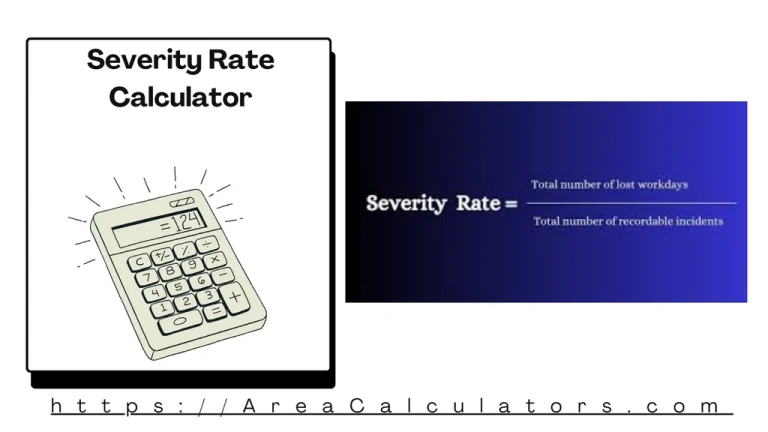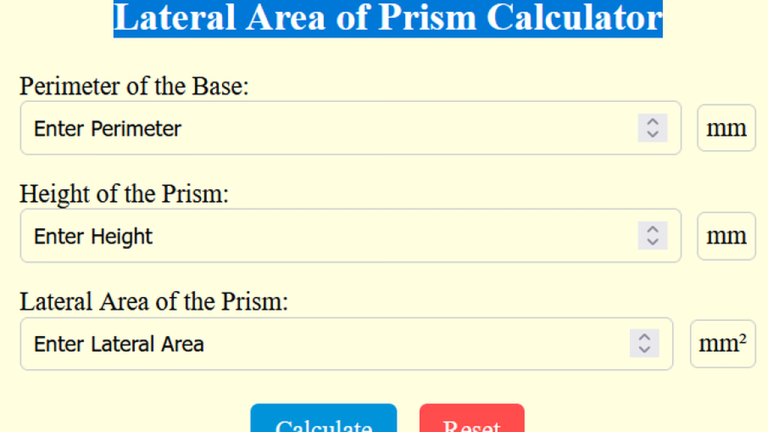63 Days From Today
To find the date 63 days from today, simply add 63 to the current date to get the future date. This can also be adjusted for business days if needed.
To find the date 63 days from today, simply add 63 to the current date to get the future date. This can also be adjusted for business days if needed.
Predicting the dates into the future, like 63 days from today, is a real fun. This act is useful for planning, scheduling, or setting deadlines. This method of counting days forward provides a clear way to anticipate events or commitments without needing to manually calculate each day.
This approach can also be applied to estimate business days, holidays, or weekends depending on the requirement. Let’s unravel the mystery of 63 days from today.
| Variable | Description |
|---|---|
| Current Date | Today’s date |
| Days to Add | Number of days to count forward |
| Future Date | Resulting date 63 days ahead |
Example 1:
| Step | Calculation |
|---|---|
| Current Date | January 1, 2024 |
| Days to Add | 63 |
| Future Date | March 4, 2024 |
Answer: 63 days from January 1, 2024, is March 4, 2024.
Example 2:
| Step | Calculation |
|---|---|
| Current Date | March 15, 2024 |
| Days to Add | 63 |
| Future Date | May 17, 2024 |
Answer: 63 days from March 15, 2024, is May 17, 2024.
The 63 Days From Today Calculator is a simple yet mystery-solving tool. This tool can quickly foresee the exact date 63 days ahead. This tool is especially handy for scheduling or tracking deadlines, planning events, and managing projects by providing an accurate future date without manual counting.
To find the date 63 days from today, the calculator simply adds 63 days to the current date, taking into account calendar adjustments such as weekends or public holidays if desired. For example, if today is January 1, the date 63 days from now would be March 5. By inputting today’s date, you’ll receive the precise future date in seconds.
Finally but importantly, the 63 Days From Today Calculator offers a quick, accurate way to determine future dates, perfect for managing timelines and staying organized in daily planning.
Divide the primary current rating by the secondary current rating of the current transformer (CT) to find the CT ratio. A CT Ratio Calculator is a helpful tool used to determine the ratio of primary current to secondary current in a current transformer (CT). This ratio is crucial in electrical systems for accurately stepping down…

Multiply the number of days by the average revenue per user (ARPU), then multiply this result by the number of monthly active users (MAU). Finally, divide the result by 1000 to get the app revenue. The App Revenue Calculator helps app developers and owners estimate potential income by calculating metrics like revenue per user, eCPM,…

To calculate the Severity Rate (SR), multiply the total number of days lost (DL) by 200,000, and then divide the result by the total employee hours worked (EHW). . The Severity Rate Calculator is a critical tool for evaluating workplace safety performance. By determining the average number of lost workdays due to injuries per standard…
Multiply the number of basis points (BP) by 0.0001 to convert them into a percentage. The Basis Point to Percentage Calculator simplifies the conversion of basis points into percentages. Basis points (bps) are commonly used in finance to represent changes in interest rates, yields, and other financial metrics. Formula: P = BP ∗ 0.0001 Variable…

To calculate Operating Cash Flow (OCF), add depreciation (DD) to operating income (OIOI), subtract taxes (TT), and adjust for changes in working capital (CWCCWC). The OCF (Operating Cash Flow) Calculator is a critical tool in financial management, helping assess a company’s cash inflows and outflows from its core business operations. Operating cash flow reflects the…

First, determine the perimeter of the base of the prism. Then, multiply the perimeter by the height of the prism to find the lateral area. This formula works for various prism shapes like rectangular, triangular, or pentagonal prisms. A Lateral Area of a Prism Calculator helps calculate the surface area of the sides of a…